<< Previous | Displaying results 1376-1400 of 6769 for "" | Next >>
German authorities established a ghetto in Minsk in July 1941, shortly after German forces occupied the city. About 80,000 Jews were initially crowded into the ghetto, with 24,000 more people deported there later that year. In August 1941, the Germans began mass killing operations against the residents of the ghetto.

Survivors' oral histories have the power to inspire and connect you to the power and perspective of Holocaust history. These four excerpts describe seemingly small acts and small items that provided comfort and in some cases helped people survive....
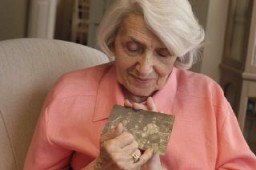
View rare photographs of the Sobibor killing center, including never-before-seen images of the site, barracks buildings, workshops, and SS and Ukrainian guards.
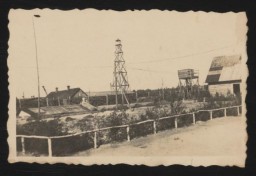
Diaries reveal some of the most intimate, heart-wrenching accounts of the Holocaust. They record in real time the feelings of loss, fear, and, sometimes, hope of those facing extraordinary peril. Hans Vogel kept a diary journaling his family's fli...
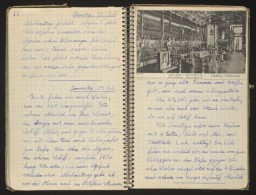
The documentation of treasured recipes evokes memories of happier times and bears witness to the will to create under the most dire of circumstances. In some cases, this type of documentation was even a way to preserve a past that the Nazis and th...

Klári Fenyves created a family cookbook, written in Hungarian. After the family was forced to leave their apartment before deportation, the family’s cook, Maris, saved this treasured cookbook and some of Klári Fenyves’ artwork. She returned the artw...
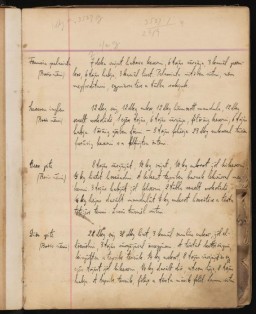
Cookbooks were created and recipes recorded under the most dire of circumstances--in hiding or secretly in camps and ghettos by people who were starving or suffering from malnutrition. This page comes from a cookbook Eva Oswalt created while impri...
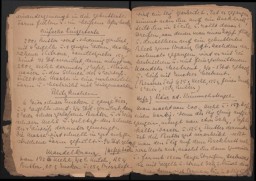
Explore Selma Engel's testimony and diary pages about her experiences during the Holocaust.
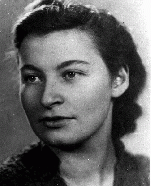
Diaries reveal some of the most intimate, heart-wrenching accounts of the Holocaust. They record in real time the feelings of loss, fear, and, sometimes, hope of those facing extraordinary peril. Stanislava Roztropowicz kept a diary from 1943-1944...
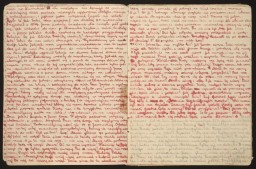
Diaries reveal some of the most intimate, heart-wrenching accounts of the Holocaust. They record in real time the feelings of loss, fear, and, sometimes, hope of those facing extraordinary peril. Written on postcard...
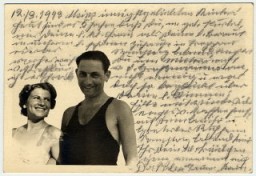
After the war, Alice Goldberger cared for 24 refugee children at Lingfield House on the Weir Courtney Estate in England. She attempted to create a typical childhood for this group of young survivors of the Holocaust. Artwork created by the children...
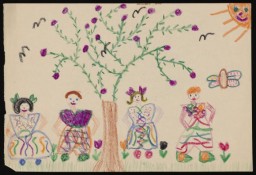
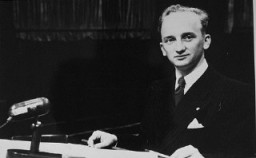
Official identification tag (warrant badge) used by the State Criminal Police (Kriminalpolizei or Kripo), after Heinrich Himmler centralized the police forces in the 1930s. These badges were generally suspended from a chain and included the individual officer's number on the reverse.
German Order Policemen perpetrated many aspects of the Holocaust. During World War II, they were deployed to areas of Europe occupied by Nazi Germany. In Poland, the Order Police engaged in the Nazi regime's persecution of Jews and Poles.
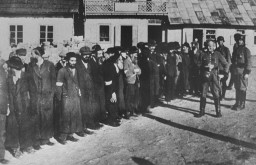
View artifacts and photographs and listen to testimony excerpts about the Hitler Youth.

Photographs and film footage illustrating the liberation of Mauthausen and two of its subcamps, Gusen and Ebensee.
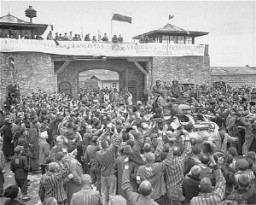
Photographs and testimony describing forced labor in the Mauthausen camp system.
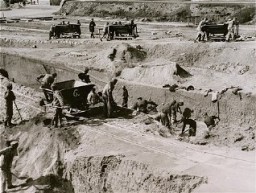
Explore images and film by US filmmaker and photographer Julien Bryan, including documentation of Warsaw following the German invasion of Poland.
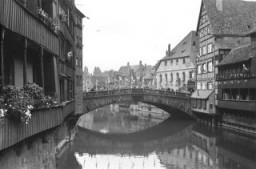
The German army occupied Vilna (Vilnius), Lithuania, on June 24, 1941. The following month, German Einsatzgruppen and their Lithuanian auxiliaries murdered thousands of Jewish residents of Vilna at a killing site in the Ponary (Paneriai) Forest, southwest of Vilna. By the end of 1941, Einsatzgruppen had killed about 40,000 Jews in Ponary. By July 1944, perhaps as many as 75,000 people had been killed at the site, the vast majority of them Jews. These photographs and narratives shed light on the Vilna…
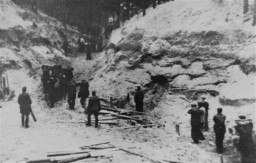
Abraham Malnik, Steven Springfield, and Rochelle Slivka describe killing sites at Fort IX, Rumbula, and Ponary.
The Holocaust (1933–1945) was the systematic, state-sponsored persecution and murder of six million European Jews by the Nazi German regime and its allies and collaborators. The Holocaust era began in January 1933 when Adolf Hitler and the Nazi Party came to power in Germany. It ended in May 1945, when the Allied Powers defeated Nazi Germany in World War II. The Holocaust was a German initiative that took place throughout German- and Axis-controlled Europe. It affected nearly all of Europe’s Jewish…
Series of maps showing Austria in 1933, Vienna, the Anschluss, and Austria in 1945.
The Council for Aid to Jews (codenamed “Żegota”) was an underground rescue organization of Poles and Jews. It operated in German-occupied Poland from December 4, 1942, to January 1945 and was supported by the Polish government-in-exile. Żegota’s main objective was to coordinate efforts to save Jews from Nazi persecution and murder. Its members worked clandestinely, often risking their own lives and the lives of their families and friends. Żegota supplied tens of thousands of Polish Jews with fake…
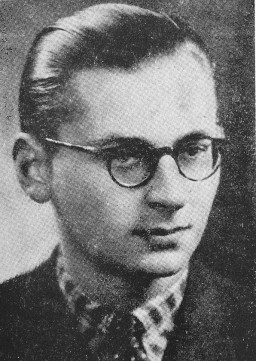
Between World War I and World War II, the multiethnic city of Lwów was in eastern Poland and home to one of the country’s largest Jewish communities. Jews made up about one-third of Lwów’s population, numbering around 100,000 people on the eve of World War II. The diversity of Lwów’s Jews was reflected in many aspects of their everyday lives. Most Jews in Lwów were multilingual and communicated in different languages, depending on the context. For example, many people spoke Yiddish at home,…
We would like to thank Crown Family Philanthropies, Abe and Ida Cooper Foundation, the Claims Conference, EVZ, and BMF for supporting the ongoing work to create content and resources for the Holocaust Encyclopedia. View the list of donor acknowledgement.